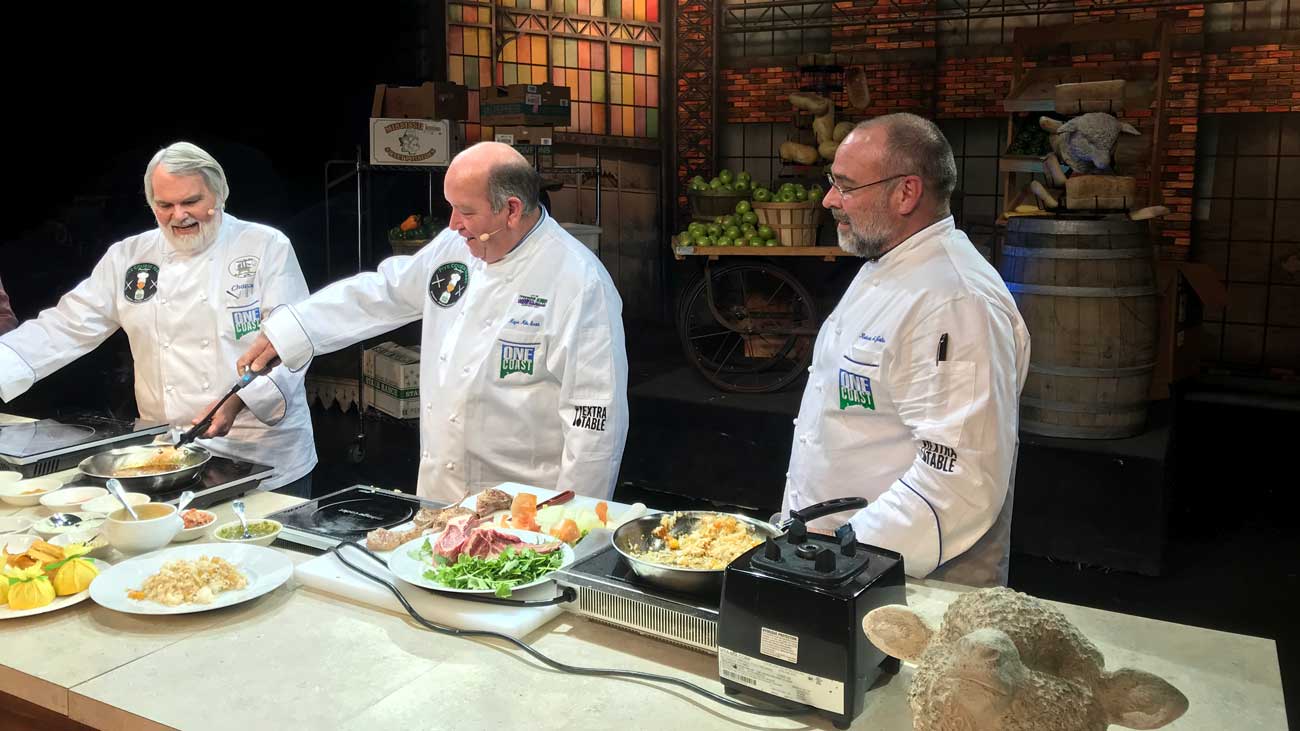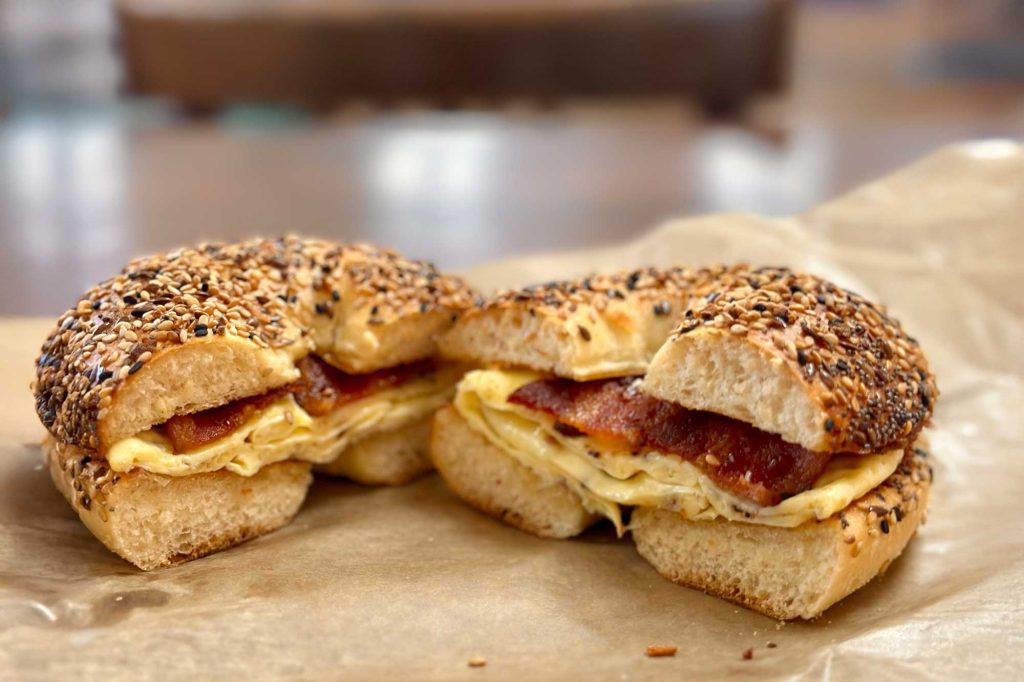“Something is rotten in the state of Denmark”— Hamlet, act I, scene IV.
Shakespeare’s Marcellus was wrong. I love this place.
COPENHAGEN— Quick, tell me everything you know about Copenhagen, Denmark. Waiting, waiting, waiting. Yeah, me, too. If someone had asked me that question a few months ago, I could have told them that “Hamlet” was set in Denmark, the Danish pastry was probably invented here, and Hans Christian Andersen was “from around those parts,” as we say back home. That’s about it.
We are four days into this yearlong, 30-country journey, and I am wondering if I will visit a city I like more than Copenhagen.
After a quick overnight stay in Gothenburg, Sweden, another great town, we drove through a beautiful area in Southern Sweden— which looked a lot like Eastern Tennessee with windmills— crossed a bridge at Malmo, over what I assume is the Western edge of the Baltic sea, and into Copenhagen.
We have been warned several hundred times that, “Europeans don’t like Americans,” and “the language barrier will be difficult,” that is certainly not the case in Scandinavia. The English spoken here is flawless, and almost without accent. Everyone speaks it well, and everyone we have encountered is gracious and polite. It “feels” like home in terms of the hospitality quotient.
Actually, it feels like November at home, even though it’s August. I know it gets cold in this part of the world, but yesterday’s weather was perfect— 68 degrees, clear skies, no humidity.
Food is the reason for this yearlong journey. So far it has been OK, and nothing to write home about. Though that is my job, so I will write home, now.
In Sweden, one finds the breakfast offerings expected in this area— smoked salmon, rye bread, and eggs. But this is the first time I have seen baked beans on a hotel’s breakfast buffet. I passed (pun intended).

I was glad to see different egg options. The scrambled eggs in both Sweden and Denmark hotels don’t taste like our scrambled eggs. The one surprise was a buffet option of three-minute eggs or seven-minute eggs. I love soft-boiled eggs, so I grabbed a couple of the three-minute variety, scooped them out into a bowl, tore my croissant into tiny pieces, and had breakfast. Simple. Beautiful.
Over the next year, I will be in search of local foods and customs. I loved the Swedish pancakes served in Gothenburg— thicker than crepes, thinner than our pancakes— but I like the “pancakes” sold on the street in Copenhagen even more.
Our first night here we were wandering through the streets and came across a tiny shop that sold pancakes (large crepes) and waffles topped and filled with different fruits and sweets. My son, a longtime fan of Nutella, had a banana-Nutella filled crepe. I opted for strawberry. Again, simple. Beautiful.
They were so good, and so memorable, that the next night we skipped dessert in the noodle bar, and rode our bikes a few dozen blocks away in a light rain, to eat them again.
The traditional Danish lunch is an open-faced sandwich, though not as we would think of an open-faced sandwich. One is served a small basket of bread— rye, sourdough, with butter— which is accompanied by a plate filled with three proteins. It’s my understanding that the protein options can vary. I was served a small portion of shaved roast beef sliced cabbage and pickles, a small portion of chicken salad topped with a crispy strip of bacon, and a crispy-fried piece of white fish with a slice of lemon and a side of “remoulade.”

The roast beef was OK, the chicken salad was different, but the fish and remoulade was excellent. I have a measure of quality that I use when dining in America. It usually occurs with appetizers, but can happen with entrees, too. If I have an appetizer that is knock-it-out-of-the-park excellent, I will immediately order another one and have the server hold the entrée course.
That is what I did with the fried fish and remoulade. The server was a little baffled, but she said, “let me check with the chef.” Minutes later she appeared with two fish filets, fried crispy, and the most interesting remoulade I have ever tasted.
Remoulade is a very popular condiment in Denmark. Our remoulade has its roots in the Creole marriage of classical French and Cajun. It’s savory. Danish remoulade is sweet and, surprisingly, is the perfect foil for fried fish.
I included a two-week stint near the end of the trip to re-visit a city we enjoyed the most. So far, Copenhagen is the town to beat.
Onward.
Robert’s Seafood Remoulade
1 /4 cup Celery, finely chopped
1 /3 cup Onion, finely chopped
1 /2 cup Ketchup
1 1 /2 Tbl Lemon juice, freshly squeezed
1 Tbl Prepared horseradish
1 /2 cup Homemade Mayonnaise
1 1 /2 TBL Creole Seasoning
1 tsp Lawry’s Seasoned Salt
1 /2 tsp Garlic, minced
Place onion and celery into a mixing bowl. Add remaining ingredients and blend well.
Remoulade sauce tastes better if made at least 1 day in advance.
Yield: 2 cups



